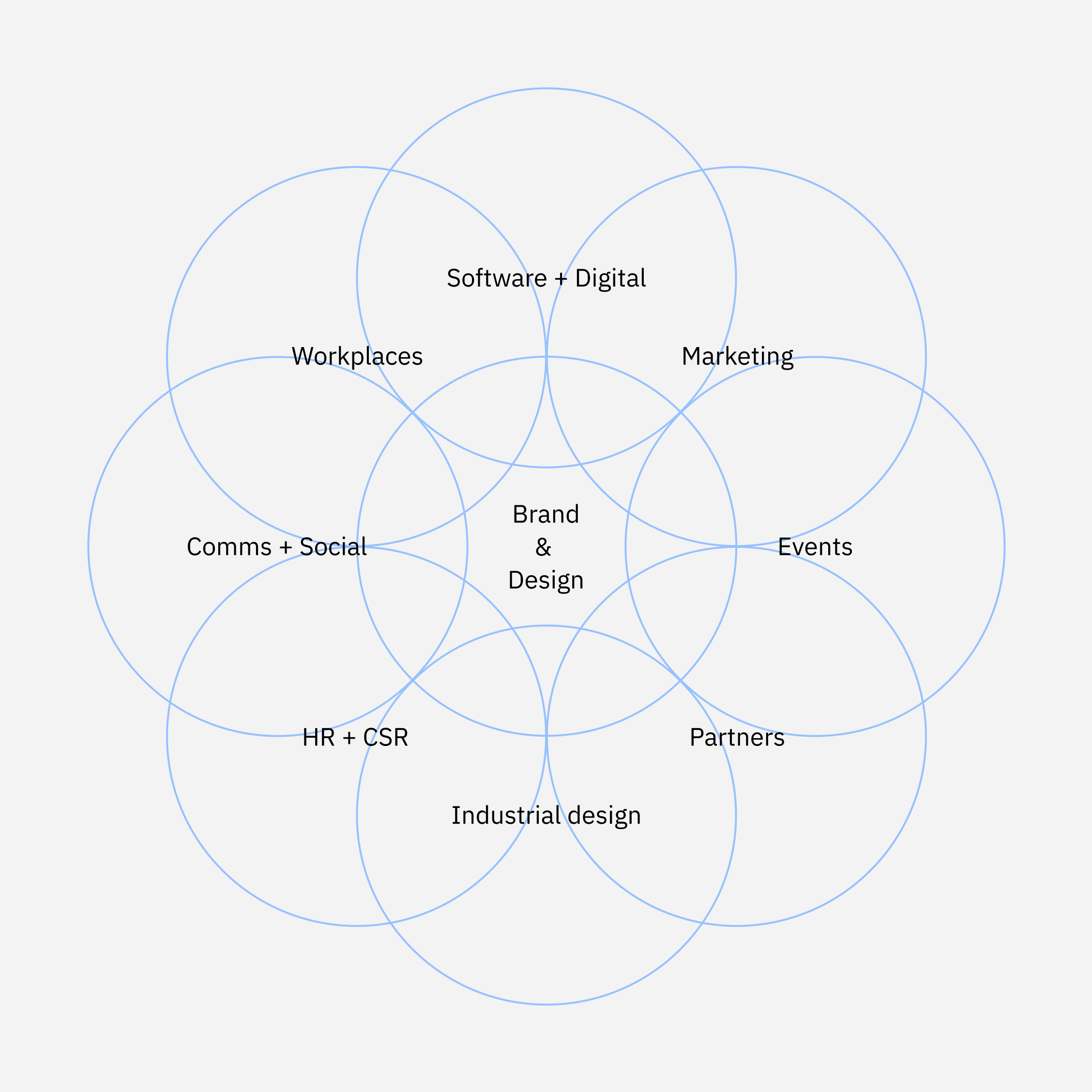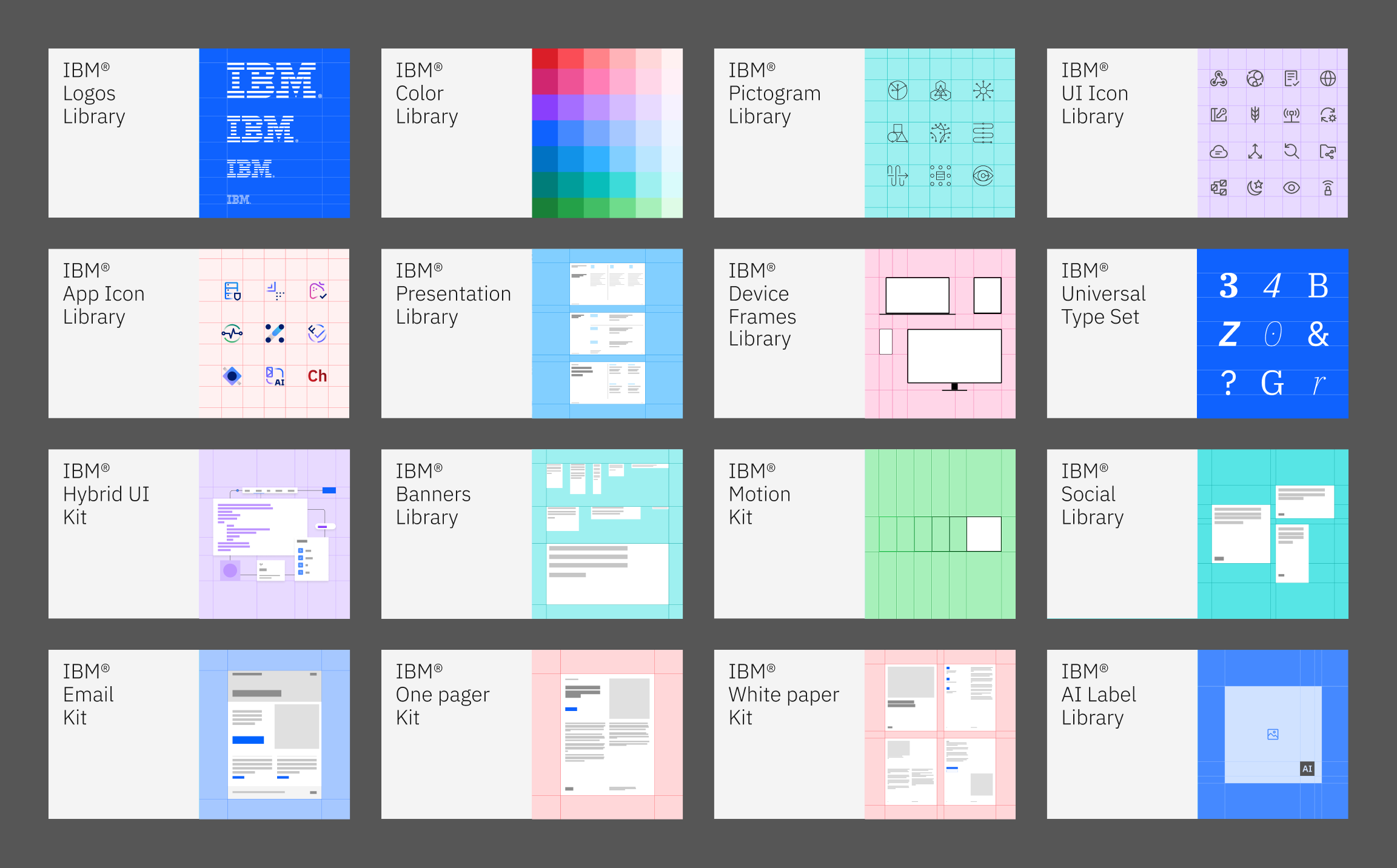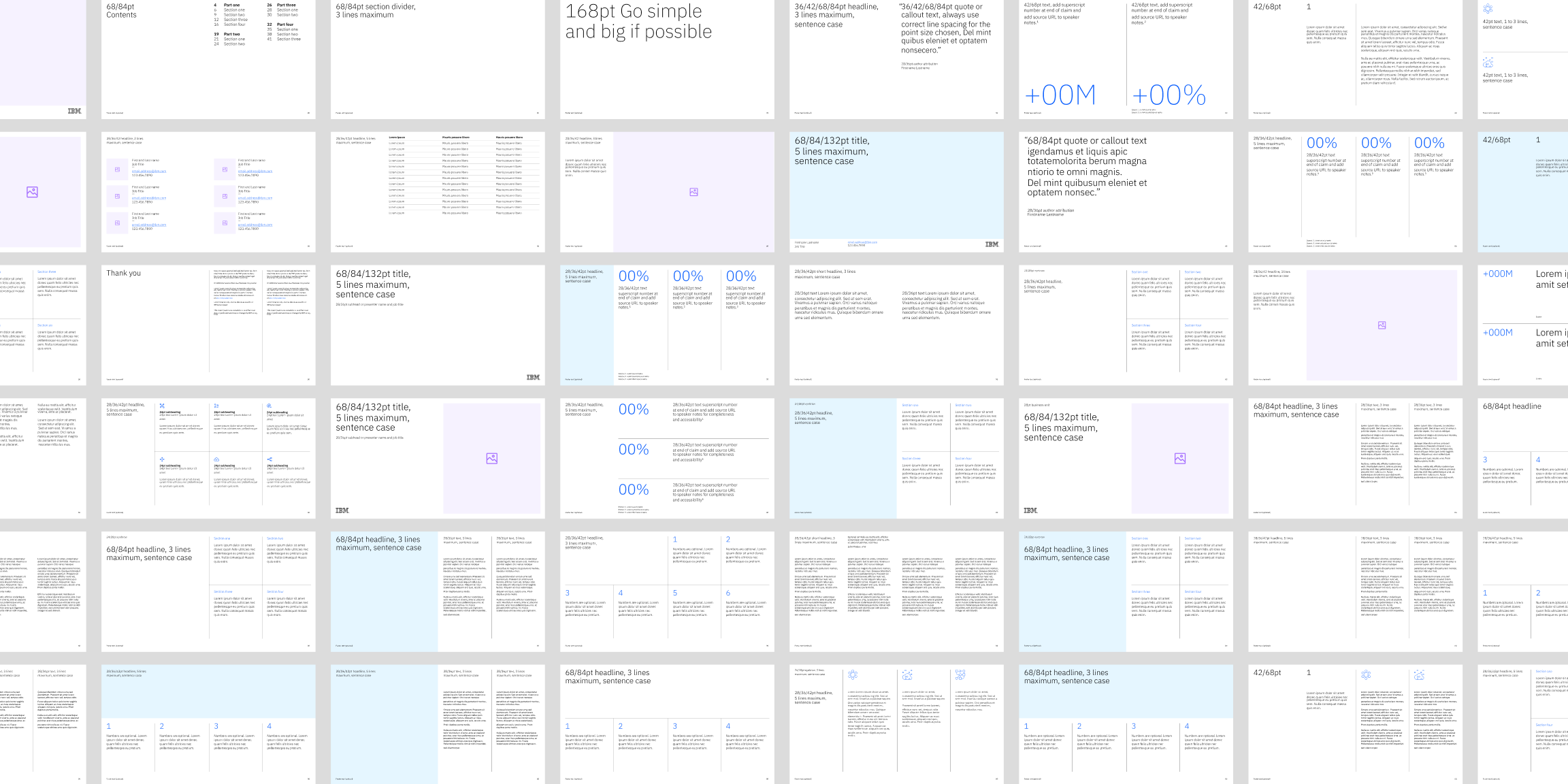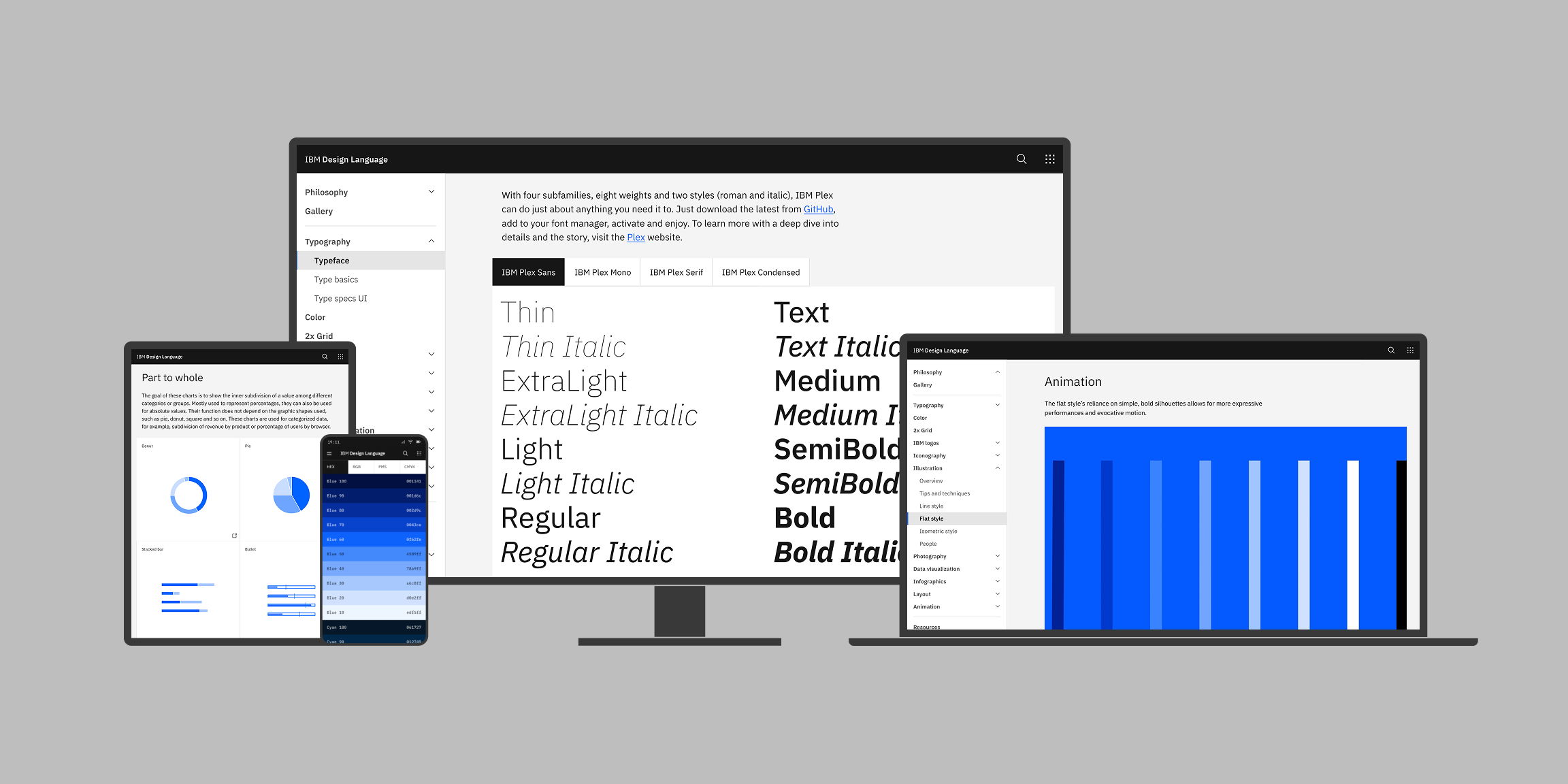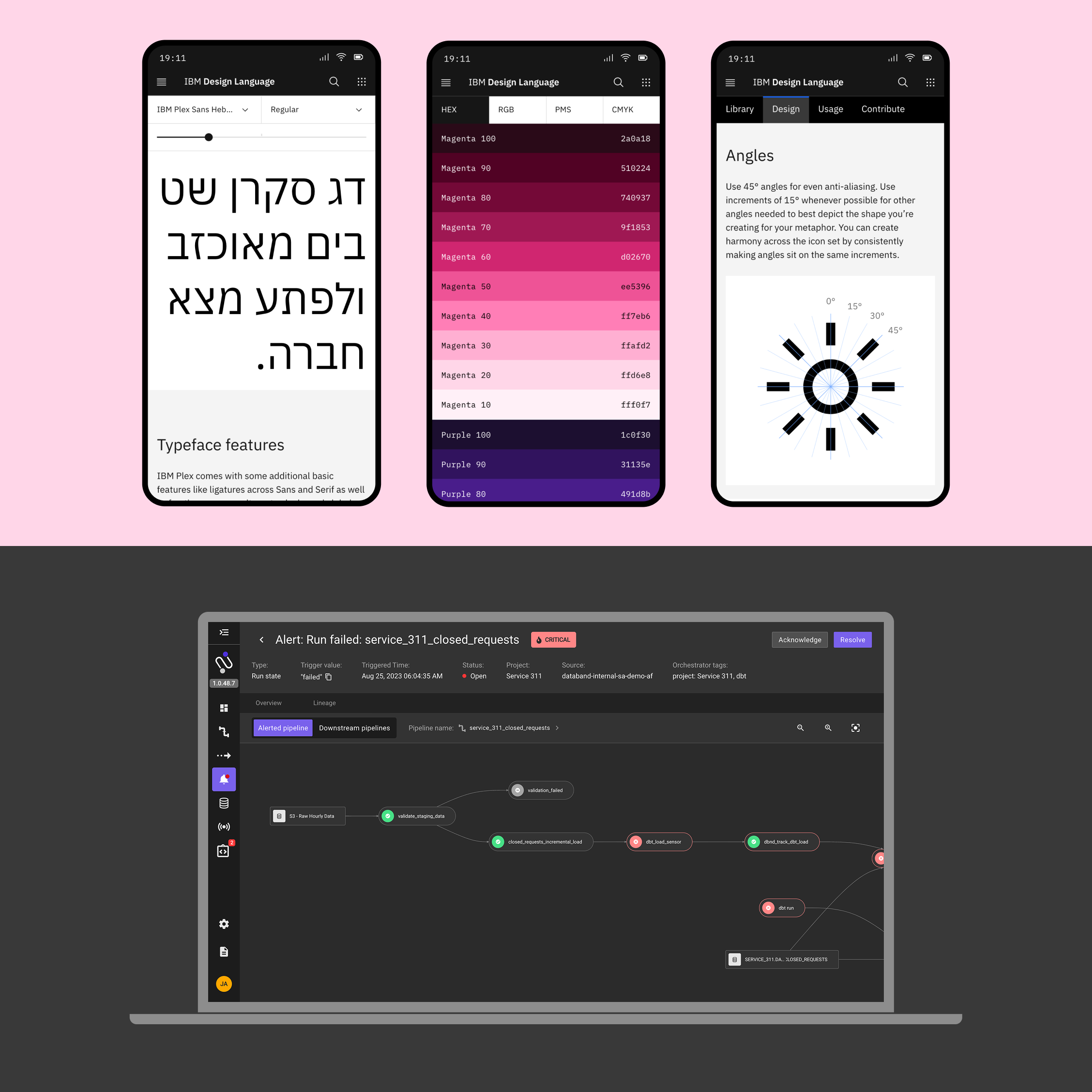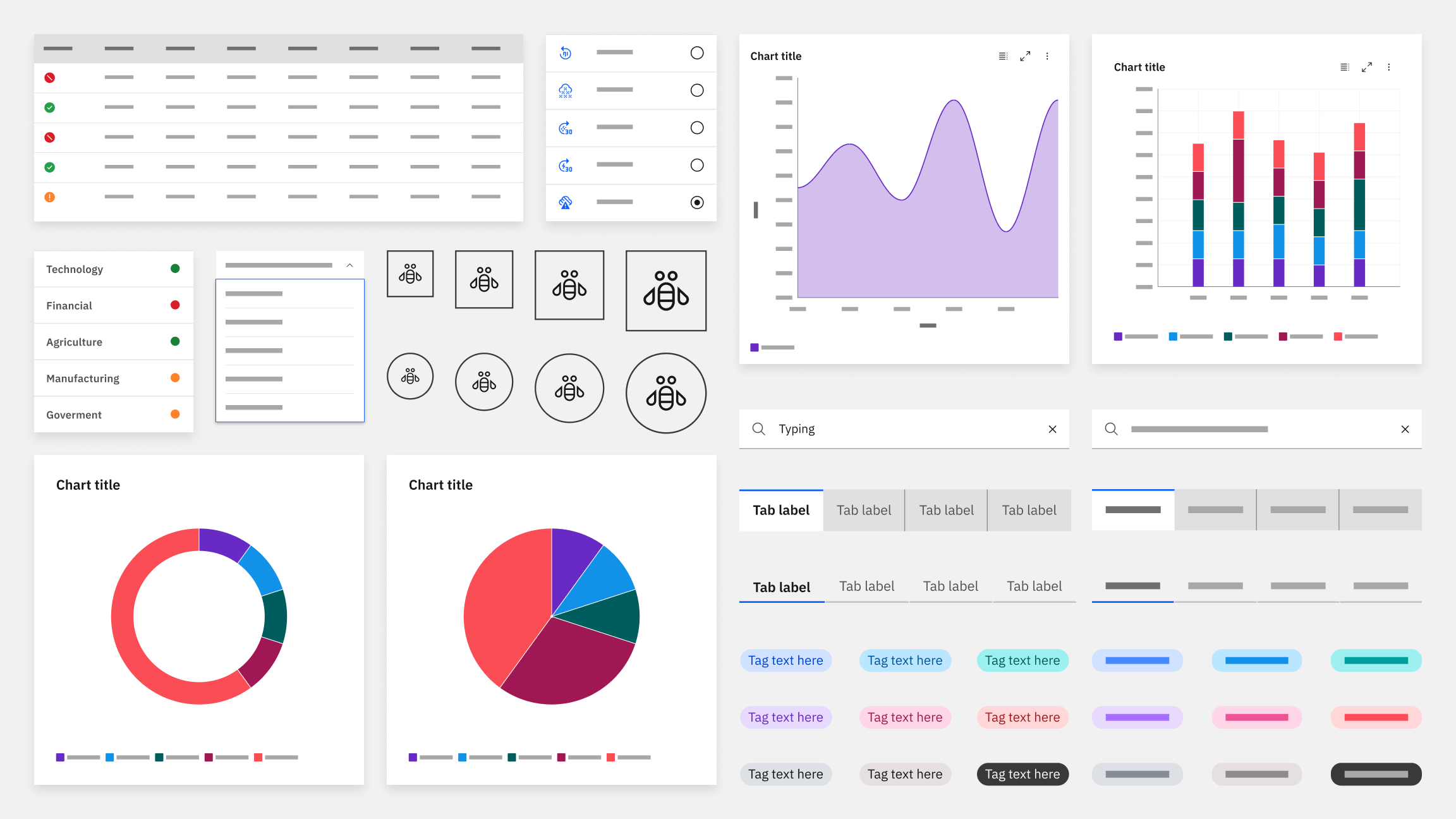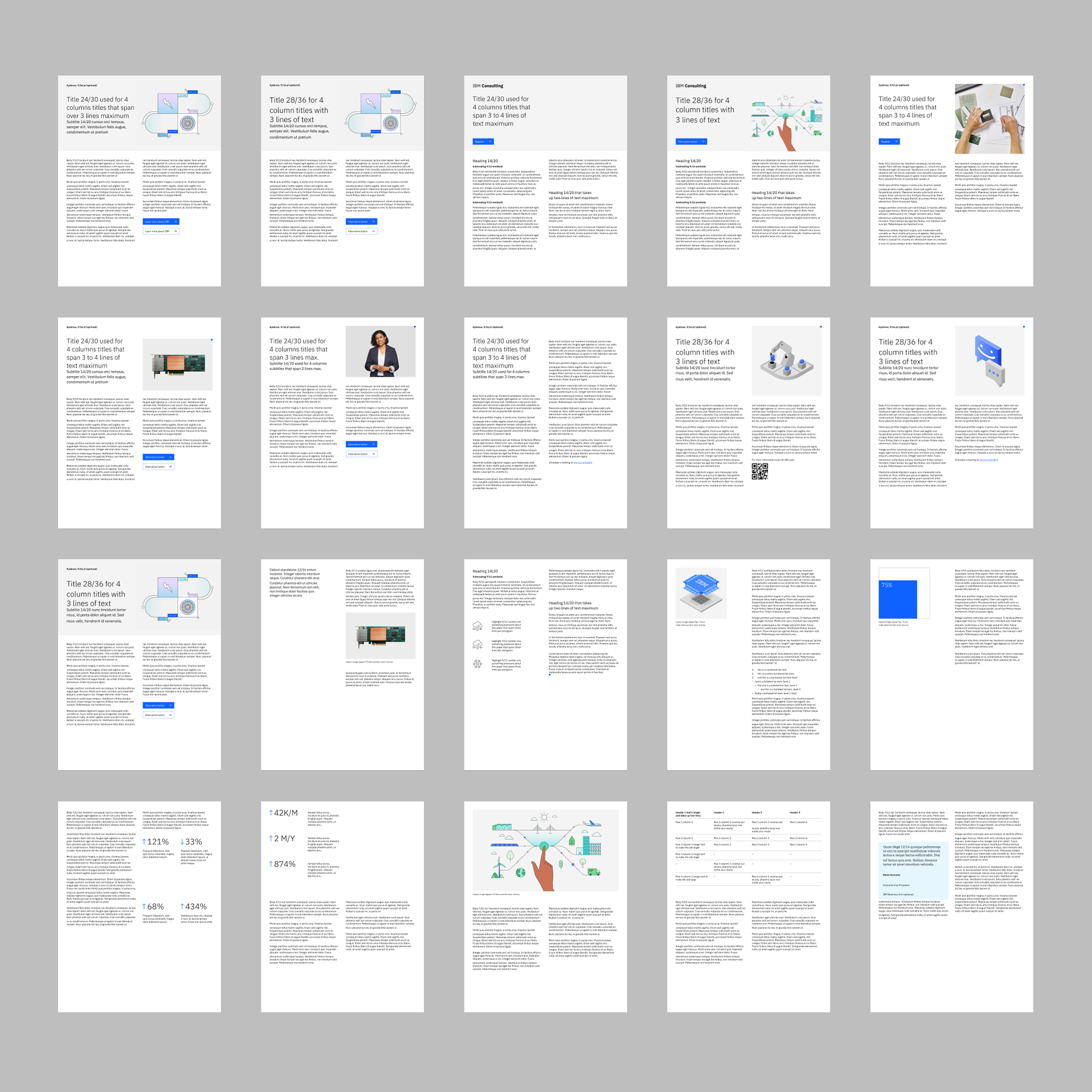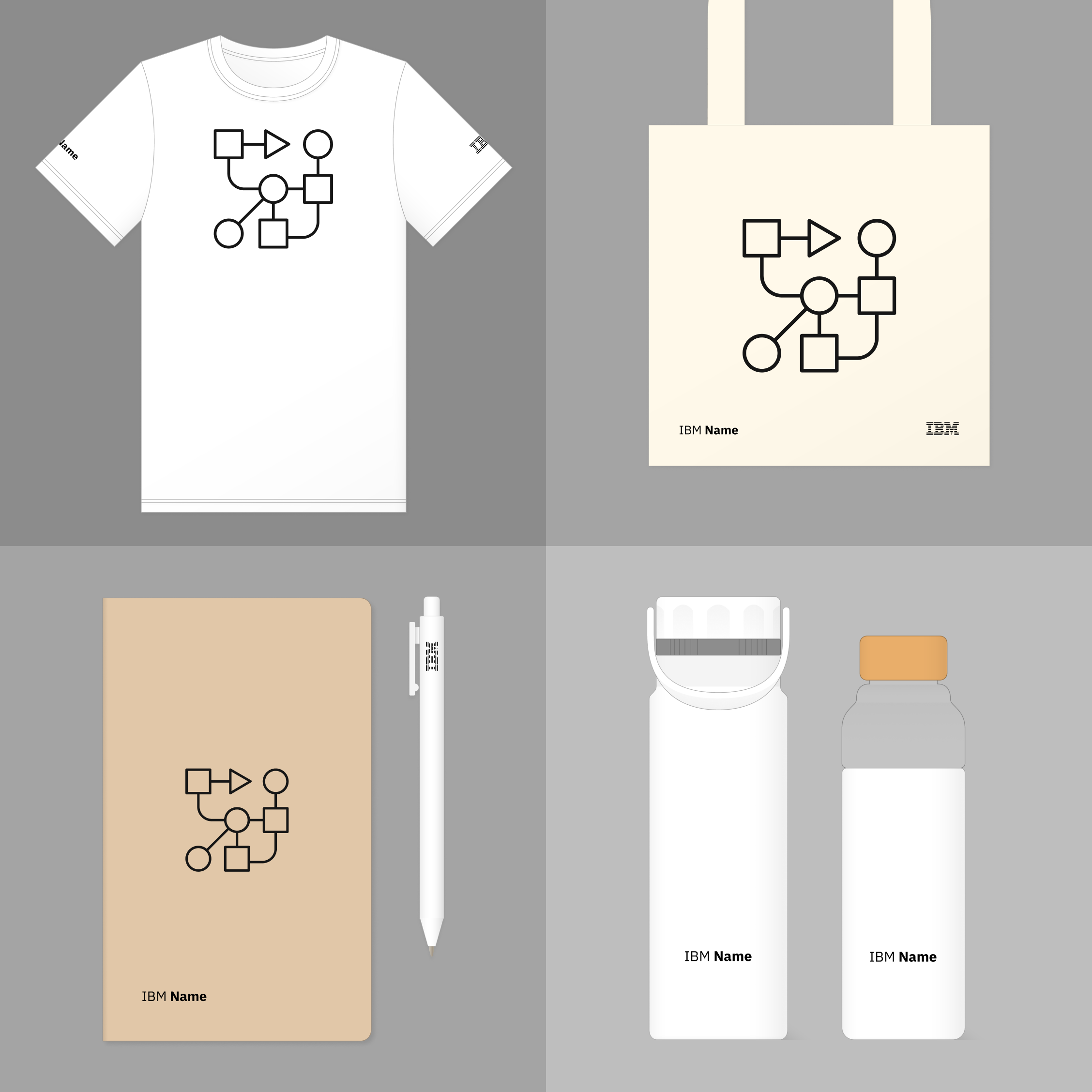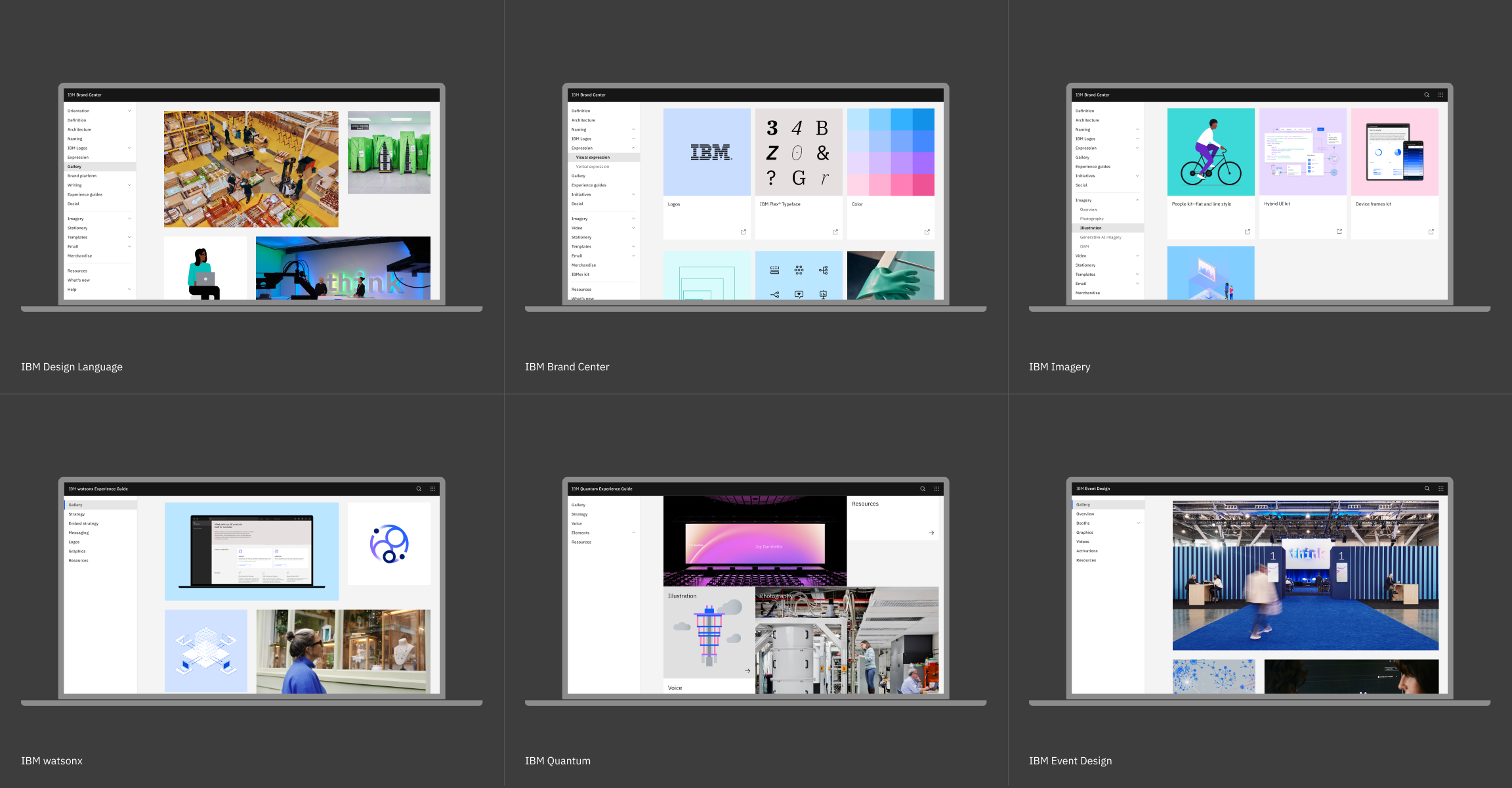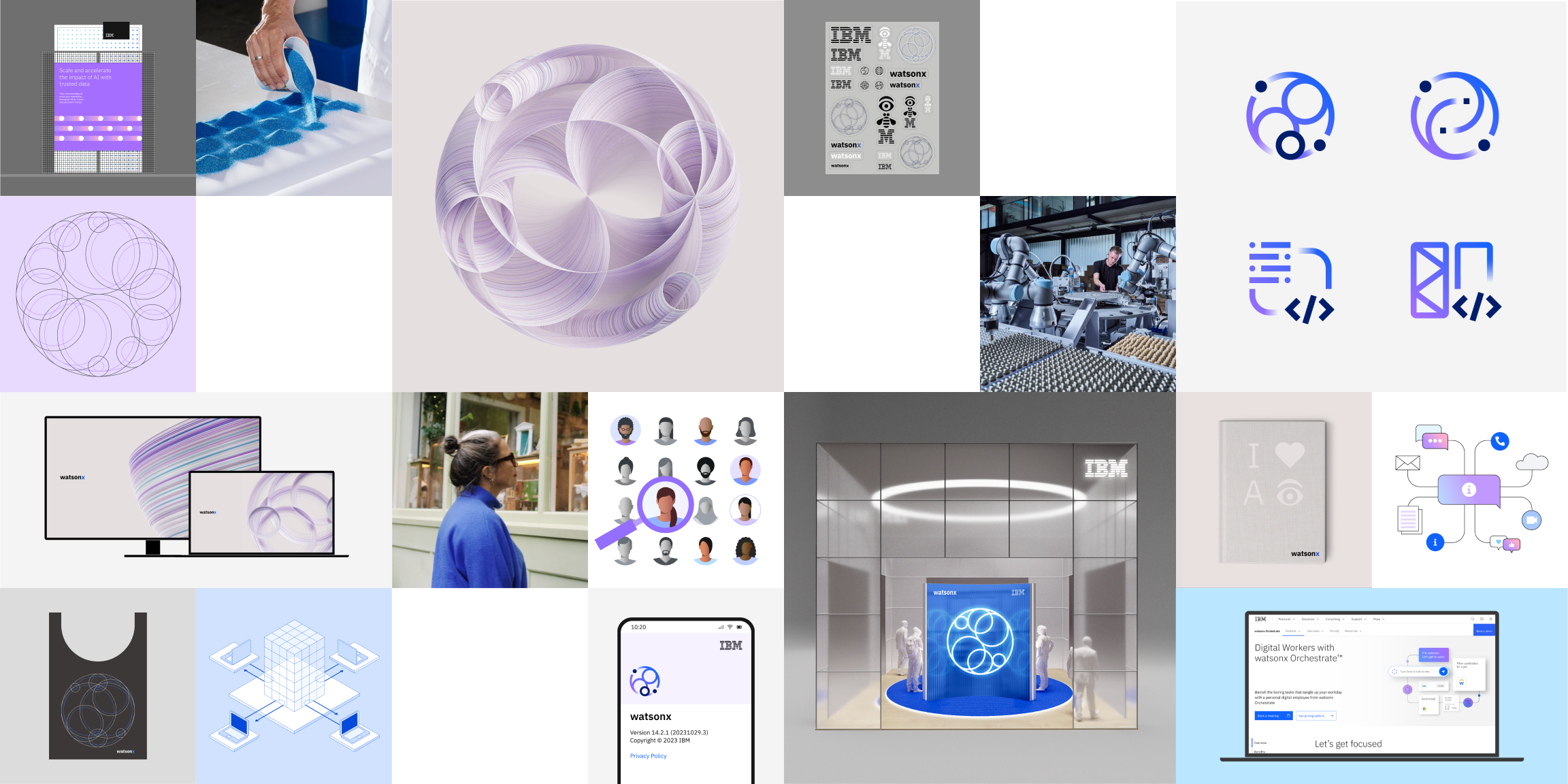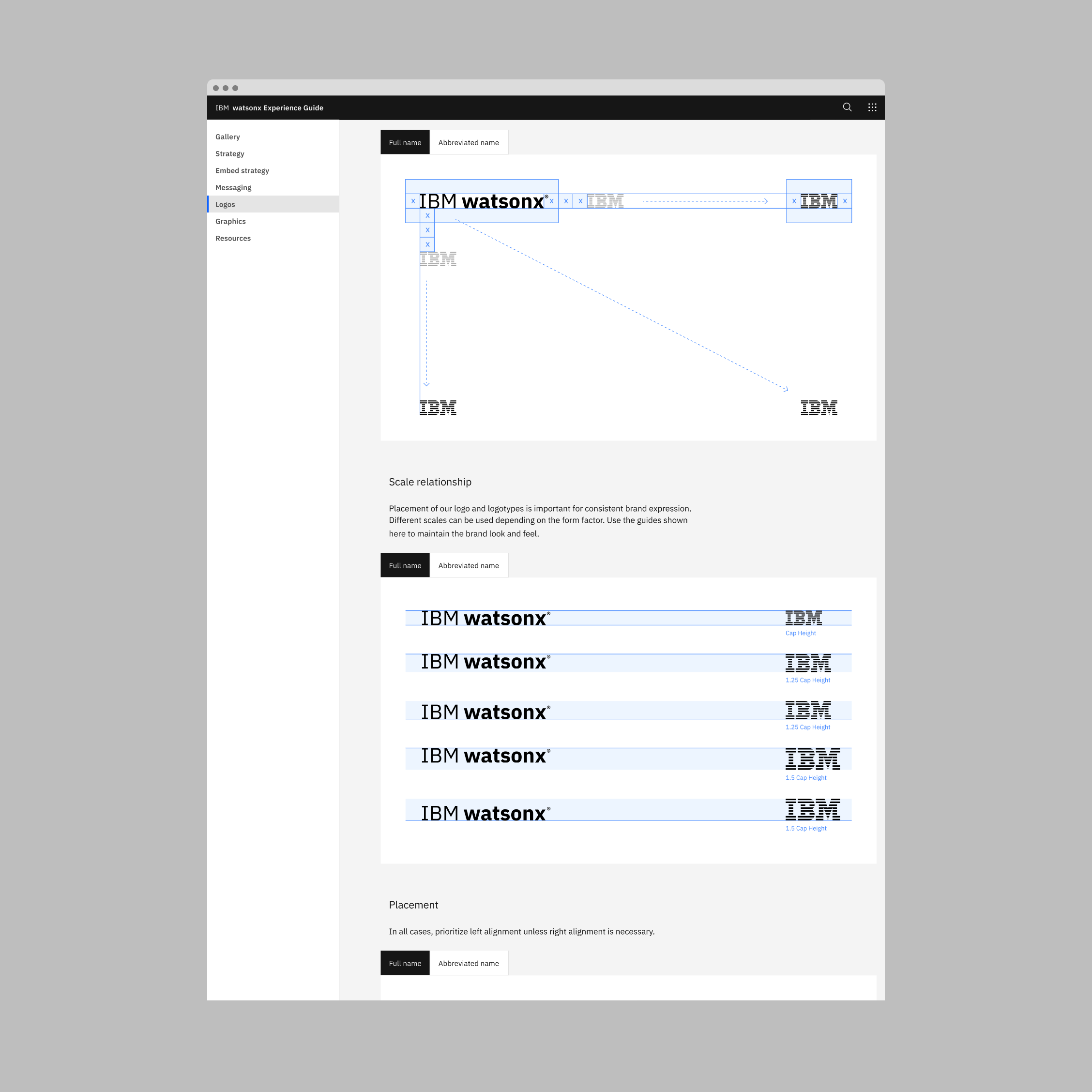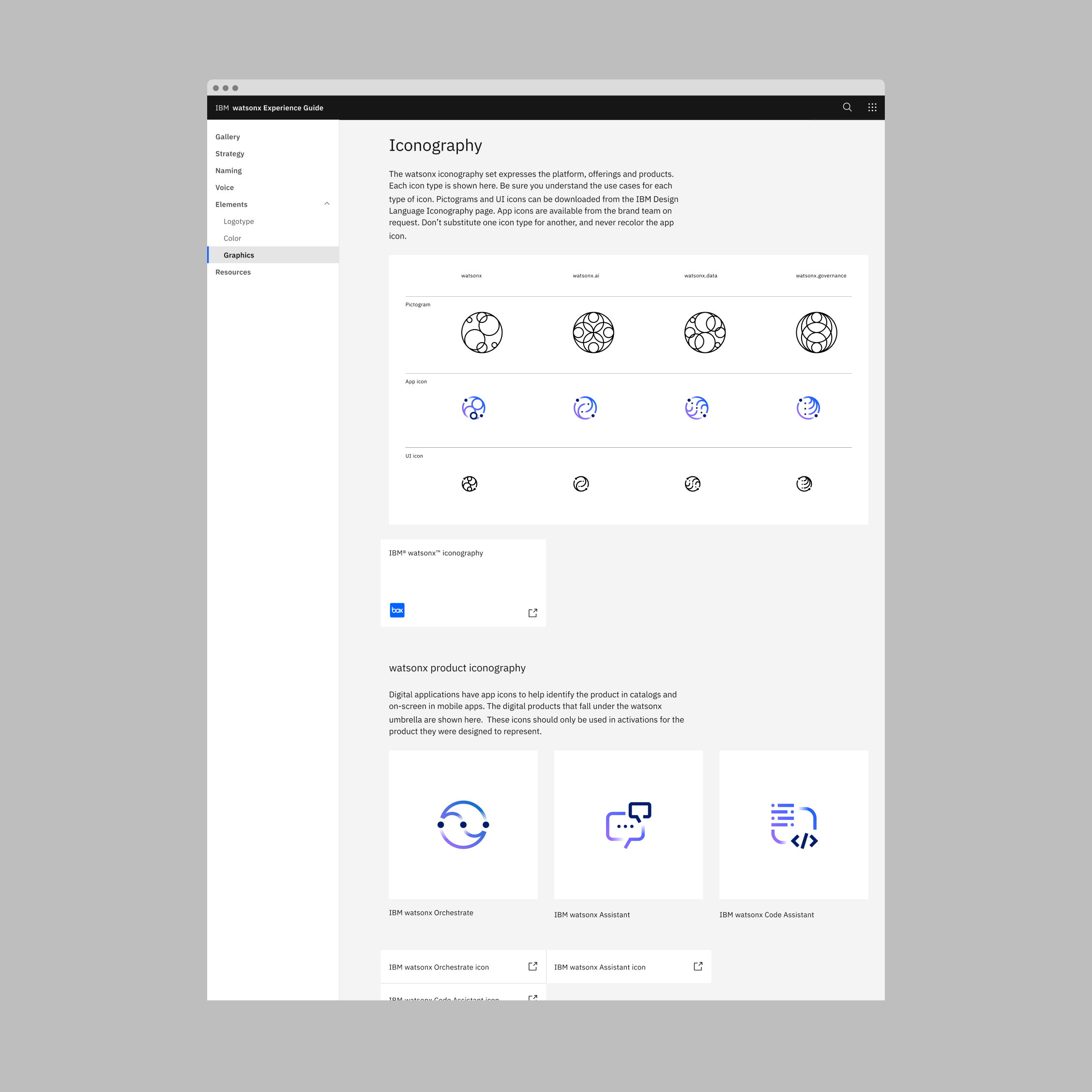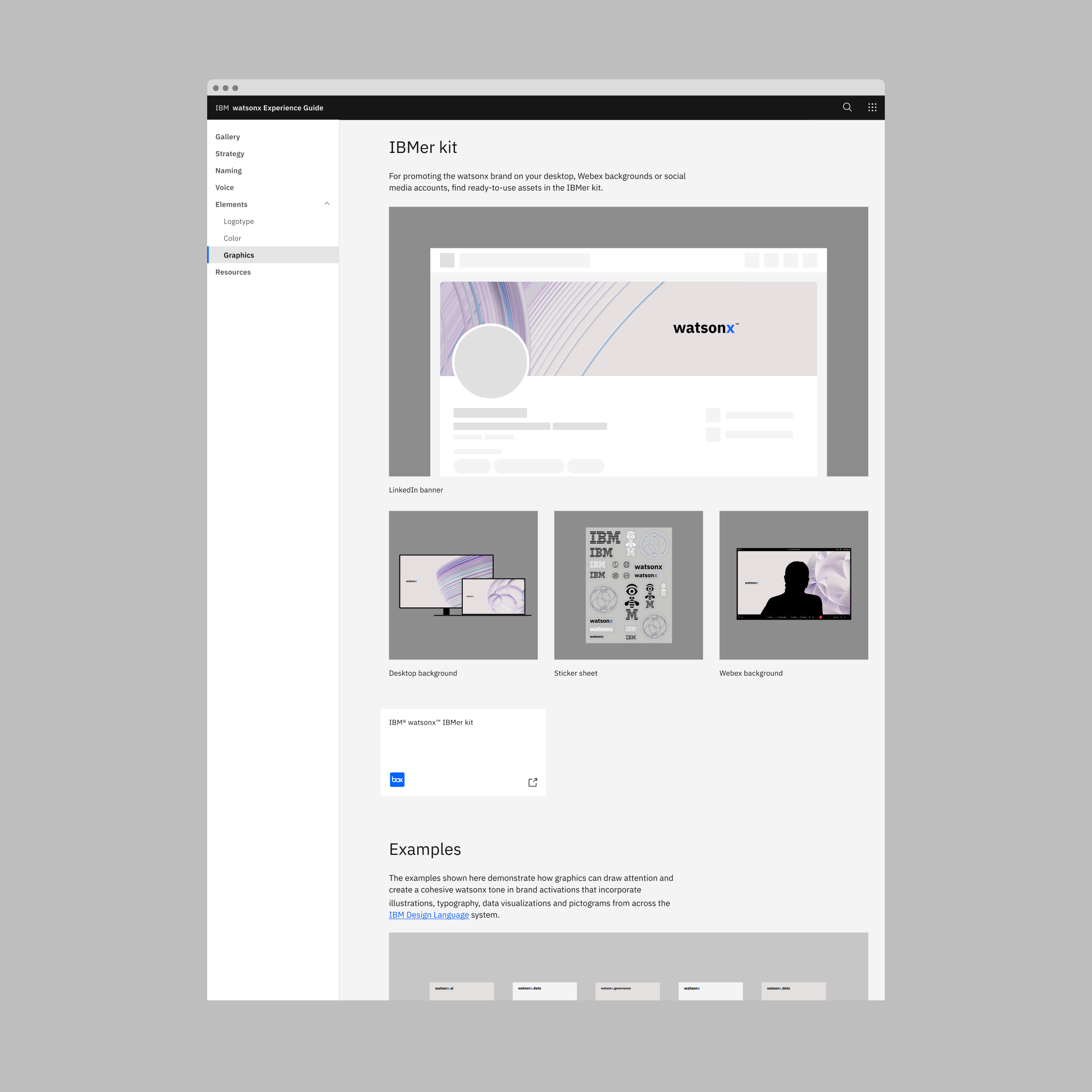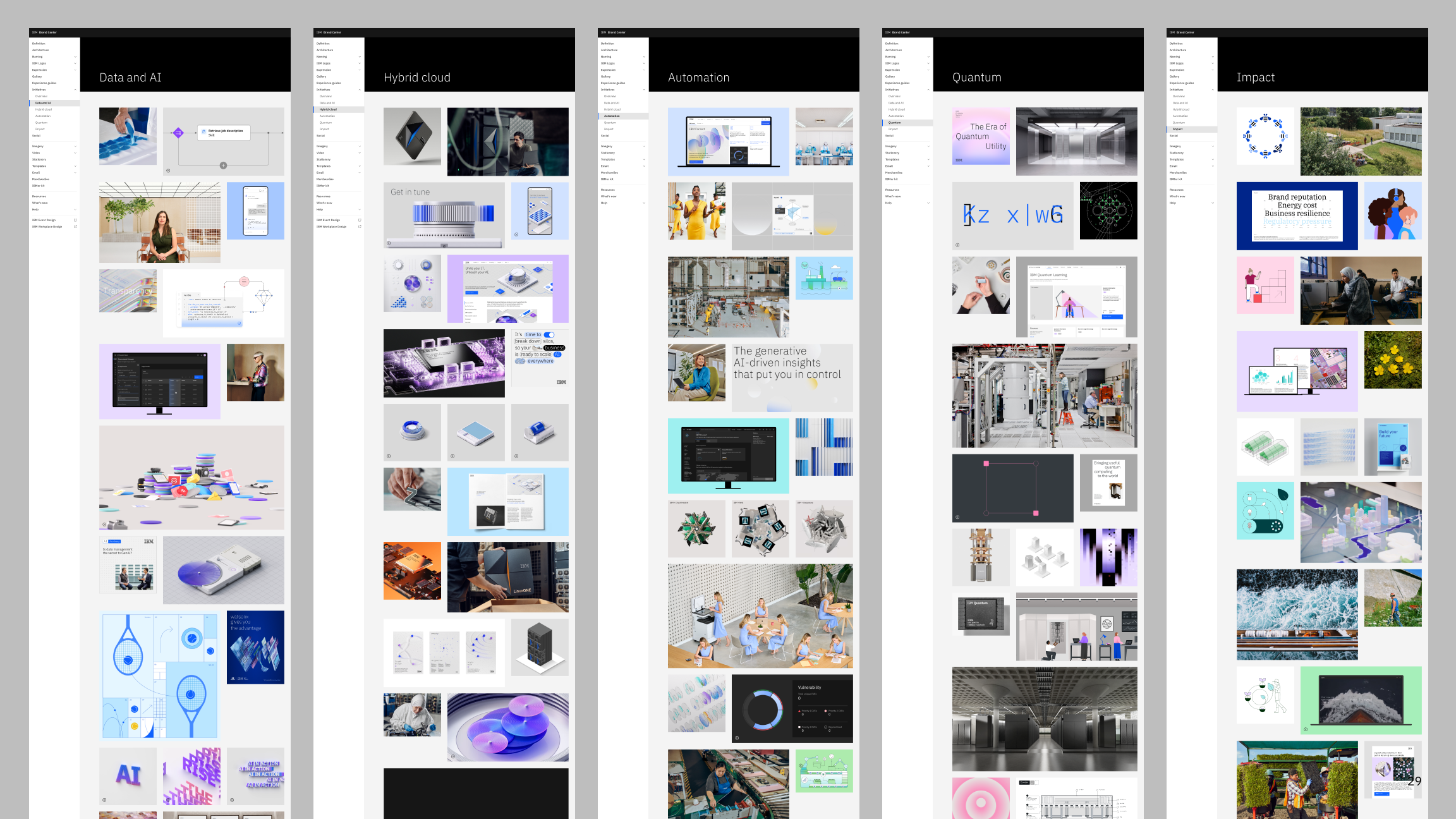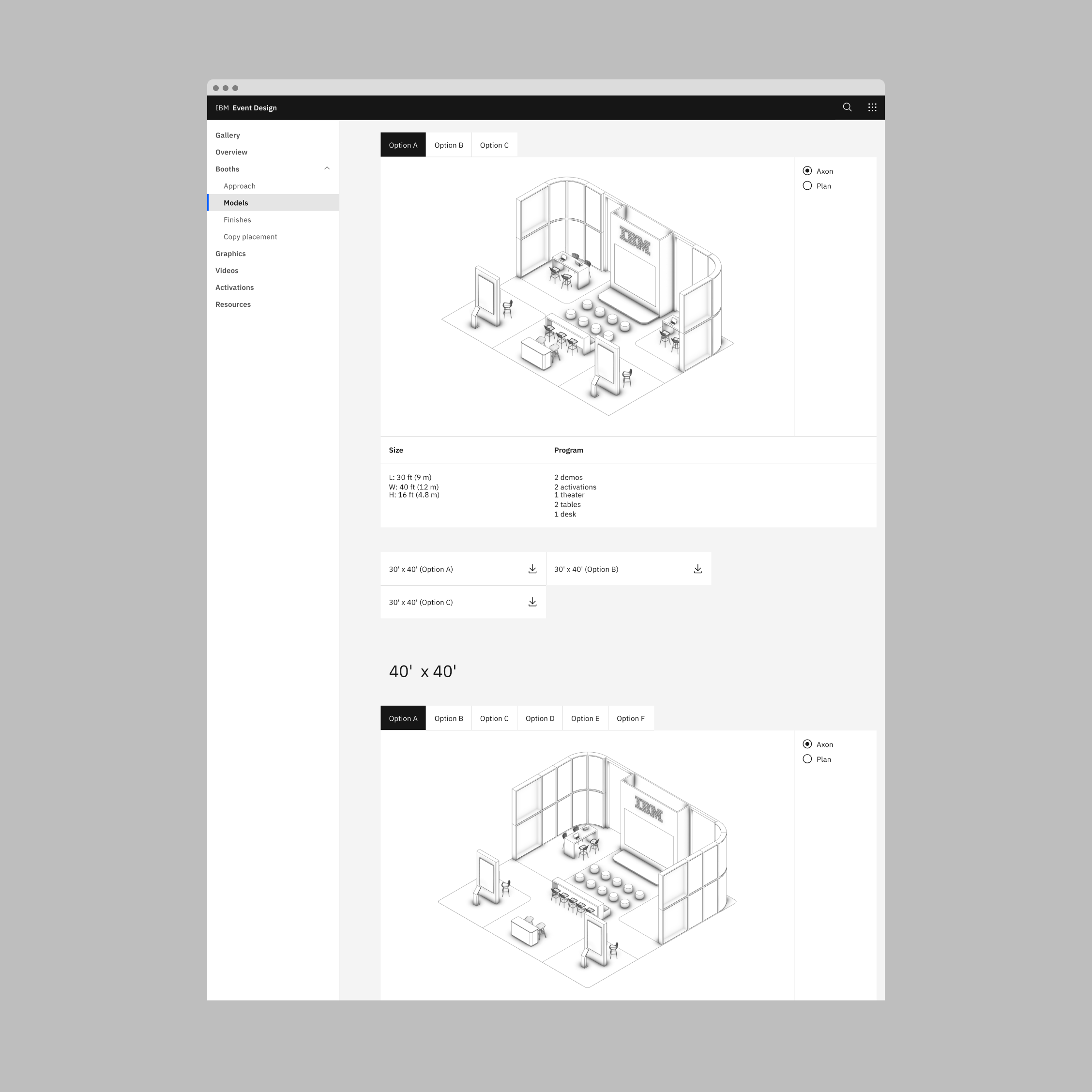The IBM Brand and Design Systems team develops guidelines, templates and tools to ensure that IBM’s brand is expressed with clarity and confidence.

Team
Sadek Bazaraa
Katie Andresen
Paul Palade
Lucas Souza Melo
Colleen Yates
Diana Stanciulescu
+ many talented folks
Katie Andresen
Paul Palade
Lucas Souza Melo
Colleen Yates
Diana Stanciulescu
+ many talented folks
Role
Brand & Identity
Art Direction
Web Design
Art Direction
Web Design
Year
2023-2025
The challenge and goal is scale and consistency across all touchpoints. This is achieved by building frameworks and assets that enable teams across the organization to make decisions that are considered and thoughtful. The impact of this work postures IBM’s brand as cohesive and future-facing.
My role in the IBM Brand and Design Systems team was to develop guidelines, templates, tools, and processes to ensure brand consistency at scale. I also lead initiatives to champion new collaborative tools by delivering tutorials, and to establish consistency in product imagery by fostering collaboration amongst various teams at IBM.
My role in the IBM Brand and Design Systems team was to develop guidelines, templates, tools, and processes to ensure brand consistency at scale. I also lead initiatives to champion new collaborative tools by delivering tutorials, and to establish consistency in product imagery by fostering collaboration amongst various teams at IBM.

